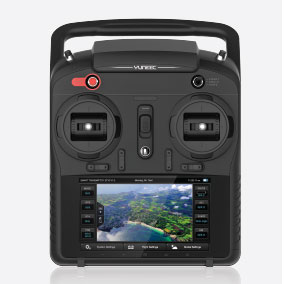http://download.dji-innovations.com...en/Phantom_3_Advanced_User_Manual_v1.0_en.pdf
The above link is the DJI Phantom official manual.
Page 44 under the title of "CALIBRATING THE COMPASS"
IMPORTANT: Always calibrate the compass in every new flight location. The compass is very sensitive to electromagnetic interference, which can produce abnormal compass data and lead to poor flight performance or flight failure. Regular calibration is required for optimal performance.
it DOES also say that you should not calibrate where there is magnets and electronic interference but unless you are taking off from the same spot EVERY time you fly the bird, you are not just disagreeing with the fine people at the DJI forum (which I don't always agree with) but the engineers who created the thing and made the manual.
A different location doesn't mean like in Phoenix instead of New York, it means your front yard vs. your backyard.
The reason for that is because the compass, as all compasses work by the magnets in the earth and they are different in every location. I almost never fly in the same location so with all due respect, I will listen to DJI over your opinion. You are right though, a bad compass calibration can lead to catastrophic failure but you know before you send it up if you do your checks if your home point is set right and if your compass is set right.
Again, don't get me wrong, I don't think everyone needs to do a per flight calibration but if you don't want to find yourself in a "fly away" which is almost always a bad compass, then you will do it especially when you change altitudes, change altitudes or make a major location difference.
Although I said front yard and backyard, I don't think you need to do that (although I would). But there is DJI in black and white saying if you change your location, calibrate. Listen to them or not. Matters not to me but I thought the official word should make it's way into the conversation.
Final thought, you know how your iPhone tells you to calibrate every now and then for what is apparently no reason. It's because it needs a calibration of the compass and the phone knows it. If that happened while flying, you better get out of GPS mode and get in to ATTI and fly it back and hope that your cached map is just fine if you are out of line of sight.







